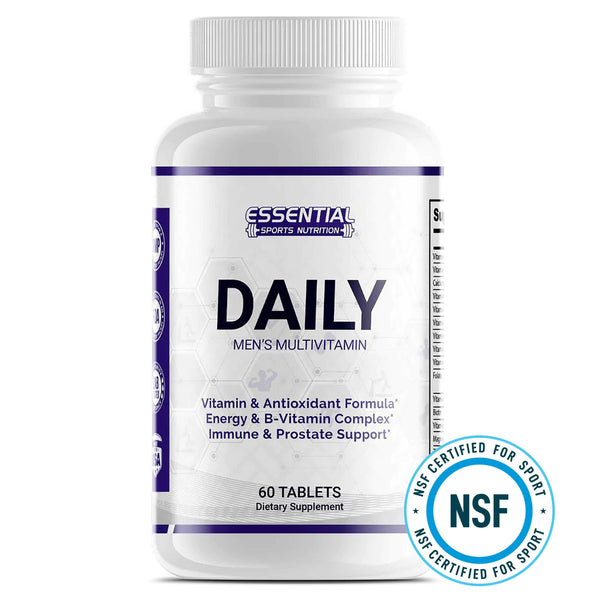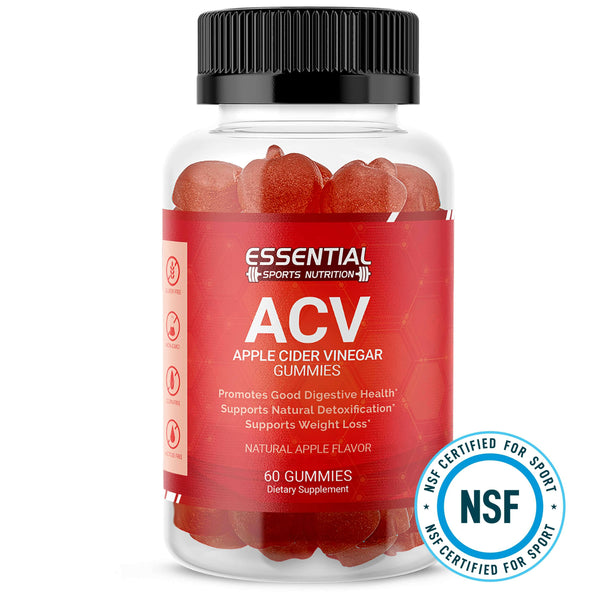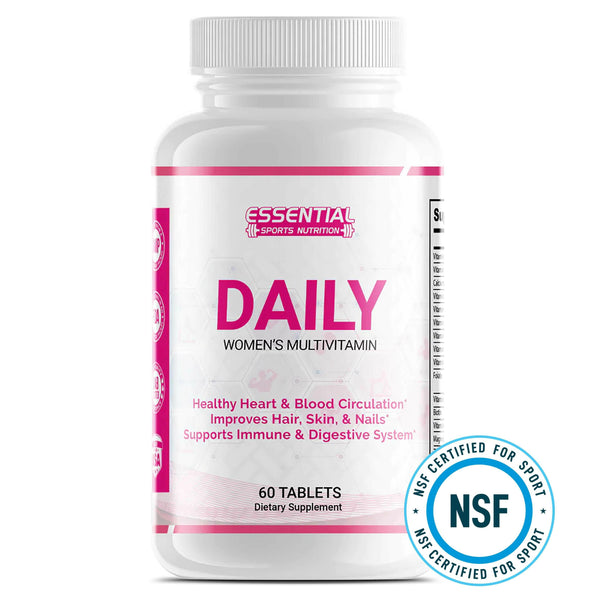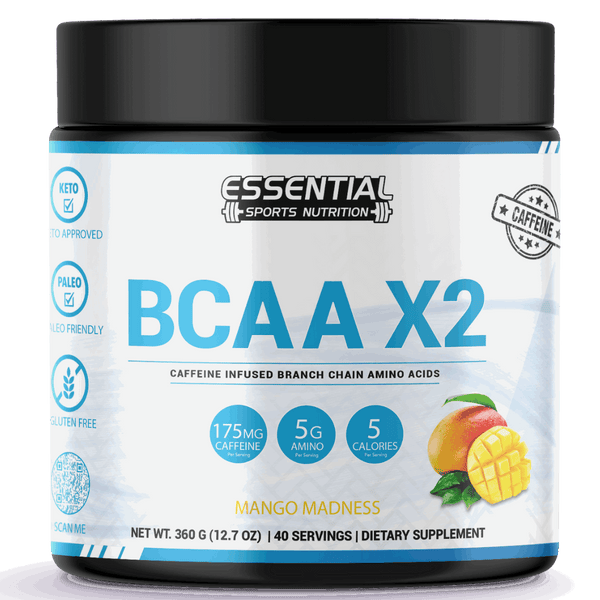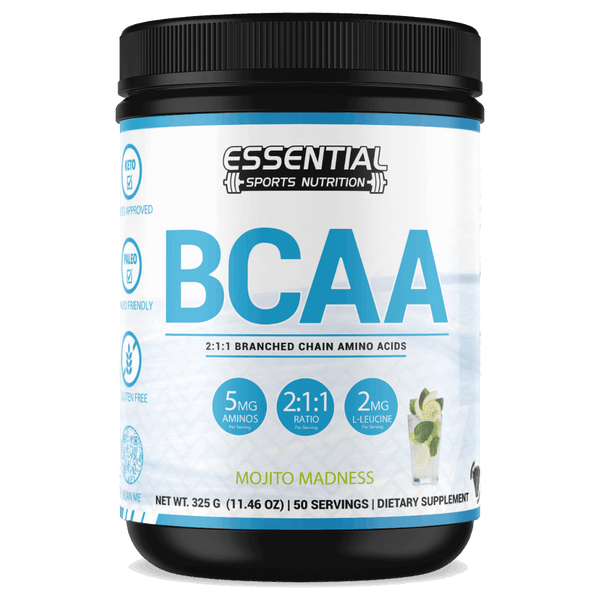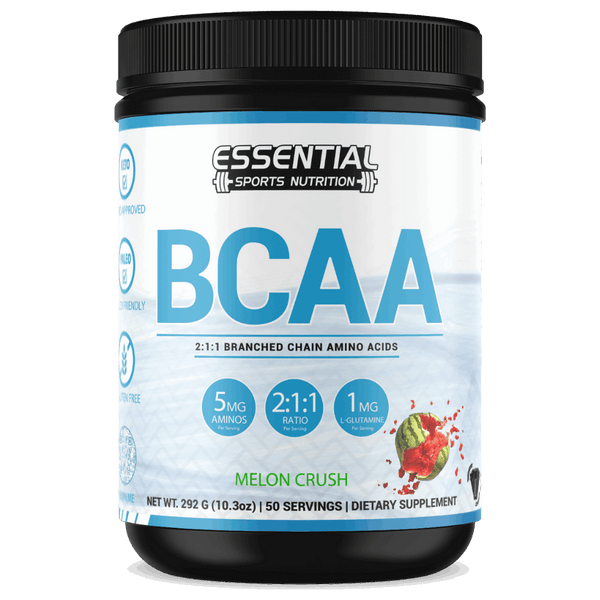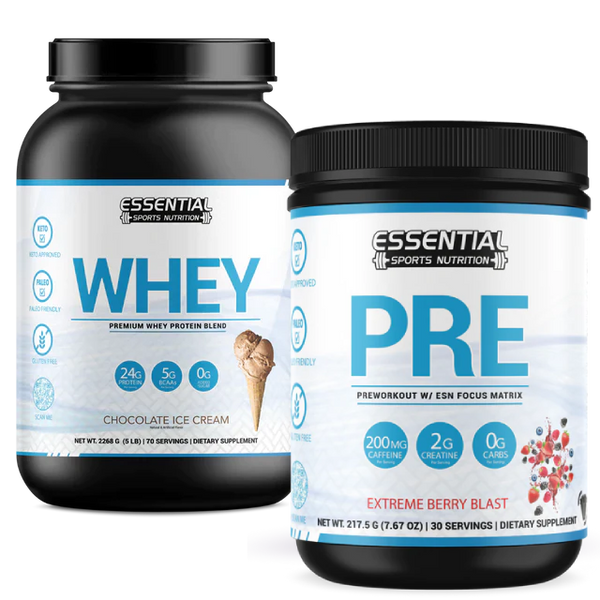Rapid Keto Diet for Weight Loss: Fast Results to Ketosis
The ketogenic diet, or keto, is known for quick weight loss. It's a big help in the fight against obesity, which sadly causes 2.8 million deaths a year. By eating less carbs and more fats, you enter ketosis.
In ketosis, your body uses fat for energy instead of carbs. This change helps you lose weight fast and improves your health. The keto diet started in the 1900s to treat epilepsy but is now popular for weight loss. Many studies show it works well for losing weight quickly.

Key Takeaways
- The ketogenic diet is effective for rapid weight loss.
- Adopting a low-carb, high-fat diet shifts the body into ketosis.
- In ketosis, fat is utilized as the primary energy source.
- Keto diet benefits extend beyond weight loss, improving metabolic health.
- The diet's origin dates back to early 20th-century epilepsy treatment.
- Recent studies emphasize the keto diet's short-term weight loss efficacy.
The Science Behind the Ketogenic Diet
The ketogenic diet is known for quick weight loss and better health. But what science backs it up? Knowing how it works can help you see its benefits.
The Physiology of Ketosis
Ketosis is when your body uses fat for energy instead of carbs. Eating less carbs and more fat starts this process. Your body then uses fat to make ketones, which fuel your brain and other important organs.
Ketosis is great because it makes energy more efficient. Ketones give more energy than glucose, helping even when you eat less. You might feel a bit off at first, but these feelings usually go away.
The Role of Macronutrients: High-Fat, Low-Carb, and Moderate Protein
A good ketogenic diet has the right mix of nutrients. It's about 55-60% fat, 30-35% protein, and 5-10% carbs. This helps your body burn fat and keep making ketones.
Here’s a clearer view of the macronutrient distribution:
| Nutrient | Ratio |
|---|---|
| Fat | 55-60% |
| Protein | 30-35% |
| Carbohydrates | 5-10% |
Sticking to these ratios helps your body stay in ketosis. It not only helps you lose fat but also may lower the risk of diseases like diabetes and heart disease.
Benefits of Rapid Keto for Weight Loss
The ketogenic diet, or Keto, is great for quick weight loss. It uses your body's fat-burning ability for fast fat loss. Let's explore the benefits of a ketogenic lifestyle.
Quick Fat Burning: How Keto Accelerates Weight Loss
On a keto diet, your body goes into ketosis. This means it uses fats instead of carbs for energy. It burns fat fast and keeps blood sugar stable, giving you steady energy.
Also, eating fewer carbs helps your metabolism work better. This makes losing weight easier and more efficient.
Other Health Improvements: Beyond Weight Loss
Keto does more than just help you lose weight. It also boosts your mental clarity and energy. This can make your daily life much better.
Moreover, keto might lower the risk of diseases like hyperlipidemia and type 2 diabetes. It does this by making your body more sensitive to insulin and improving your lipid levels. So, keto not only helps you lose weight but also improves your overall health and metabolism.
| Benefits | Description |
|---|---|
| Quick Fat Loss | Accelerated fat burning through ketosis for swift weight loss. |
| Boost Energy | Sustained energy levels with fewer highs and lows. |
| Improve Metabolic Health | Enhanced insulin sensitivity and better lipid profiles. |
| Mental Clarity | Improved focus and cognitive function. |
How to Start Your Rapid Keto Journey

Starting a keto diet can be a big change for the better. It's a great way to lose weight or boost your health. The first step is to plan well and set clear goals.
Setting Your Goals: The Importance of Having a Plan
It's important to set goals you can really reach when you start keto. Think about what you want to achieve, like losing weight or feeling more energetic. A good plan keeps you on track and motivated.
Use journals or apps to track your progress. This helps you stay focused on your goals.
Essential Steps: Calculating Your Keto Macros
Knowing your keto macros is key to success. You need to balance fats, proteins, and carbs just right. An online keto calculator can help figure out the right amounts for you.
Here's a quick guide to get you started:
| Macronutrient | Recommended Percentage | Purpose |
|---|---|---|
| Fats | 70-75% | Primary energy source |
| Proteins | 20-25% | Muscle maintenance |
| Carbohydrates | 5-10% | Minimal energy contribution |
By following these steps and figuring out your keto macros, you're off to a great start. Having a friend to support you can make a big difference too.
Effective Keto Weight Loss Plan: Tips and Tricks
Starting a keto diet for weight loss needs some smart tips and tricks. Learning these can make your journey to a healthier you easier.
Meal Planning: Key to Staying On Track
Sticking to keto depends a lot on good meal planning. By planning your meals, you dodge common mistakes and stay focused. Make sure your meals have enough fats, some protein, and very few carbs. Planning ahead helps you avoid high-carb foods and keeps you on track.
Recommended Foods: What to Eat and What to Avoid
It's key to know which foods are good and bad for a keto diet. Here's a table to help you choose the right foods:
| Recommended Foods | Foods to Avoid |
|---|---|
| Meats (beef, chicken, pork) | Breads |
| Fats (olive oil, avocados) | Rice |
| Low-Carb Vegetables (spinach, kale) | Pasta |
| Nuts and Seeds | Sugary Snacks |
Choosing these foods for your meals can help you stay in ketosis and reach your weight loss goals.
Handling Cravings: Strategies to Stay Committed
Dealing with cravings is key to sticking to your keto diet. Drinking water can help reduce cravings. Also, try keto-friendly snacks like cheese or nuts to curb hunger without breaking your diet. Having your meals and snacks planned in advance means you always have healthy options when cravings hit.
By using these strategies, you can beat the odds and stay true to your keto diet for weight loss.
Common Mistakes and How to Avoid Them
Starting your keto journey means knowing common mistakes. These errors can slow down your weight loss. Knowing them helps you stay on track and reach your goals.
One big mistake is eating too many calories. Even with more fats and less carbs, some eat too much. To avoid this, keep track of your calories each day.
Another mistake is not eating enough nutrient-rich foods. Eating a variety of low-carb veggies and healthy foods is key. Focus on foods like leafy greens, avocados, and nuts to stay healthy.
Not tracking your macronutrients can also slow you down. Keeping the right balance of fats, proteins, and carbs is crucial. Use apps to track your macronutrients and adjust as needed.
| Common Keto Mistakes | How to Avoid Keto Slip-ups |
|---|---|
| Overconsumption of calories | Track daily calorie intake using apps like MyFitnessPal or Carb Manager |
| Neglecting nutrient-dense foods | Incorporate a variety of low-carb vegetables, avocados, and nuts into your diet |
| Insufficient tracking of macronutrients | Regularly monitor and adjust macronutrient ratios to remain in ketosis |
Being mindful of these mistakes helps you avoid setbacks. It boosts your chances of losing weight on the keto diet.
The Role of Intermittent Fasting and the Keto Diet
When you mix intermittent fasting with the keto diet, you get a strong combo. This mix boosts your weight loss and health. It makes your body burn fat longer, thanks to the keto diet's metabolic benefits. Let's see how these two can make you healthier and help you lose fat faster.
Combining Keto with Intermittent Fasting for Optimal Results
Putting fasting and the keto diet together extends ketosis. This means your body makes more ketone bodies. These are key for energy and fat burning. By timing your meals right, fasting boosts the keto diet. It lowers insulin and helps burn fat better. Here's how they work together:
- Extended Fat Burning: Fasting makes your body stay in ketosis longer, helping you lose more fat.
- Improved Insulin Sensitivity: Both methods lower insulin, which can cut down the risk of type 2 diabetes.
- Enhanced Mental Clarity: Ketone production during fasting improves brain health, leading to better focus.
In conclusion, combining intermittent fasting and the keto diet is a great way to lose weight and get healthier. By using these methods, you can reach your fitness goals better and keep them for longer.
Supplementing Your Keto Diet for Faster Results
Sometimes, you might need a little extra help to get into ketosis faster. Dietary supplements can be a big help. We'll look at the main types of keto supplements and how to pick the best ones for you.
Understanding Keto Supplements and Pills
Keto supplements, like keto pills, give you exogenous ketones. These are ketones from outside your body. They help keep your ketone levels up, even when you slip up on your diet. They usually have beta-hydroxybutyrate (BHB) salts, which your body can easily use for energy.
Choosing the Right Supplements for Your Needs
To find good keto supplements, you need to know what's in them and what they do. Here are some things to think about:
- Ingredient Profile: Make sure the supplement has important stuff like BHB salts.
- Personal Dietary Needs: Pick products that fit your diet and any extra nutrition you need.
- Complementary Benefits: Look for supplements that also help with things like brain focus, energy, and hunger control.
Here's a quick guide to help you choose:
| Supplement Type | Key Ingredients | Benefits |
|---|---|---|
| Keto Pills | BHB Salts, Magnesium, Calcium | Elevates ketone levels, supports ketosis |
| MCT Oil | Medium-Chain Triglycerides | Boosts energy, supports fat-burning |
| Electrolyte Supplements | Sodium, Potassium, Magnesium | Prevents imbalances, supports hydration |
Knowing what you need and how supplements work can help you pick the right ones. This way, you can support your keto journey and stay in ketosis better.
Monitoring Your Progress and Staying Motivated
It's key to keep an eye on your keto progress to stay on track. Recording your progress, like measurements and weight, helps a lot. Tools like fitness trackers or apps can also help you stick to your diet.
| Week | Weight | Measurements | Non-Scale Victories |
|---|---|---|---|
| 1 | 150 lbs | Bust: 36", Waist: 28", Hips: 38" | Increased energy levels |
| 2 | 147 lbs | Bust: 35.5", Waist: 27.5", Hips: 37.5" | Better sleep quality |
| 3 | 145 lbs | Bust: 35", Waist: 27", Hips: 37" | Improved mental clarity |
Checking in with yourself regularly is important. It lets you see how far you've come. This helps you stay motivated and make any needed changes to your diet or workout routine. Keeping an eye on monitoring keto progress and celebrating weight loss results keeps you going on your keto journey.
Conclusion
Starting a keto journey can change your life, helping you lose weight fast. Learning about ketosis and macronutrients is key. This knowledge helps you make the most of your diet for quick fat loss.
Having clear goals and planning your meals well is crucial. An effective keto diet is about what you eat and avoiding mistakes. Adding intermittent fasting can boost your results, making your diet even more powerful.
Keeping track of your progress and staying motivated is important, too. The right supplements can help you see faster results. Remember, the keto diet is a great way to lose weight quickly if done right. Stay focused and excited, and you'll reach your health and weight loss goals.
Keto Diet Plan for Weight Loss FAQ
Q: What is the Rapid Keto Diet, and how does it impact weight loss results?
A: The Rapid Keto Diet is a low-carb eating plan designed to help you achieve ketosis quickly, leading to rapid weight loss results. By significantly reducing carbohydrate intake and increasing fat consumption, the diet encourages your body to enter a state of ketosis, where it burns fat for fuel instead of carbohydrates.
Q: How can I achieve ketosis while following a keto diet plan?
A: To achieve ketosis, it’s important to follow a strict low-carb diet plan that limits your carbohydrate intake to around 20-50 grams per day. This reduction forces your body to switch from using glucose to using fat as its primary energy source, leading to the state of ketosis.
Q: Can keto pills or keto products help with weight loss?
A: Keto pills and products, such as keto gummies or powders, may help support your weight loss efforts on the keto diet. However, it's important to note that they should be used in conjunction with a proper diet plan and lifestyle changes to be effective for weight loss.
Q: Is it safe to combine the keto diet with intermittent fasting?
A: Yes, many people find that keto and intermittent fasting work well together. This combination can enhance the metabolic effects of ketosis and may lead to quicker weight loss results by further reducing calorie intake and promoting fat burning.
Q: How does the keto diet impact blood sugar levels?
A: The keto diet typically leads to lower blood sugar levels because it minimizes carbohydrate intake. This can be particularly beneficial for individuals with high blood pressure or diabetes, as it helps stabilize blood sugar and may reduce the need for medications.
Q: What role does protein intake play in the keto diet?
A: While the keto diet focuses on high fat and low carbs, maintaining adequate protein intake is important. Protein helps preserve muscle mass during weight loss and can also aid in feeling full, contributing to effective weight loss while on the diet.
Q: What can I expect in terms of water weight when starting the Rapid Keto Diet?
A: It's common to experience rapid loss in the short term due to water weight when starting the Rapid Keto Diet. This occurs because your body uses stored glycogen, which holds water, leading to initial weight loss that may not reflect fat loss.
Q: Should I consult a registered dietitian before starting the Rapid Keto Diet?
A: Yes, consulting a registered dietitian is advisable before starting any new diet plan, including the Rapid Keto Diet. A dietitian can provide personalized advice and ensure that the diet is safe and appropriate for your individual health needs.
Q: How long does it typically take to see weight loss results on the keto diet?
A: Many people may see weight loss results within the first two to four weeks of following the keto diet plan. However, individual results can vary based on factors like adherence to the diet, activity level, and metabolic rate.
Q: What is ketosis?
A: Ketosis is when your body uses fat for fuel instead of carbs. It produces ketone bodies, which are a good energy source.
Q: What are the typical macronutrient ratios for a ketogenic diet?
A: A keto diet usually has 55-60% fat, 30-35% protein, and 5-10% carbs.
Q: What are some common benefits of the keto diet besides weight loss?
A: The keto diet can also improve your mental focus, boost energy, and lower the risk of diseases like diabetes and heart disease.
Q: How do I start a ketogenic diet for rapid weight loss?
A: Start by setting clear goals and making a detailed plan. Use an online calculator to figure out your keto macros. Having a support system, like a buddy, can also help.
Q: What foods should I eat and avoid on a keto diet?
A: Eat meats, fats like olive oil, and low-carb veggies. Avoid carbs like bread, pasta, and sugary snacks to stay in ketosis.
Q: How can I handle cravings while on a keto diet?
A: Find keto-friendly foods to replace your cravings. Stay hydrated and focus on nutrient-rich foods to deal with cravings.
Q: What are some common mistakes on a keto diet, and how can I avoid them?
A: Mistakes include eating too many calories and not enough nutrient-dense foods. To avoid this, track your intake, eat whole foods, and stick to the right macronutrient ratios.
Q: What types of keto supplements and pills can help maintain ketosis?
A: Supplements like exogenous ketones can help keep you in ketosis. They provide ketone bodies or nutrients missing in a keto diet. Choose based on your needs and what they offer.
Q: How can I monitor my progress on a ketogenic diet?
A: Track your progress with measurements, weight, and other non-scale victories. Use apps or fitness trackers to stay on track and motivated.


